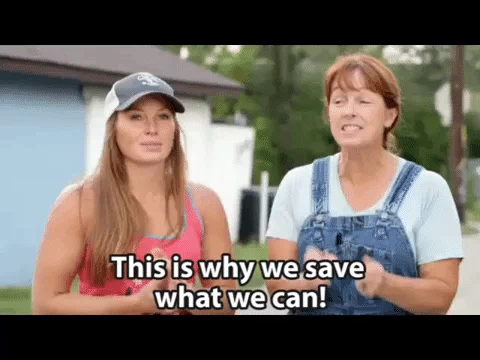This is a Mastodon thread. The original thread is available here:
Ages ago, I wrote a Twitter thread to very briefly introduce the Intervention Mapping protocol.
The Mastodon thread that follows (and the blog post at https://behaviorchange.eu/posts/2023-07-intervention-mapping-in-a-thread.html from which it was posted with the {quartodon} R 📦, see https://quartodon.opens.science) is the migration of that thread.

Intervention Mapping is a framework for developing behavior change interventions, achieve knowledge translation, facilitate implementation, address health problems; basically for anything that requires some sort of intervention in the world. This thread ‘nutshells’ IM.
1: Establish planning group with stakeholders; create logic model of problem (including environmental factors and personal determinants); analyze population, context, community strengths etc; specify goals.
2: Determine desired behavior; specify sub-behaviors (performance objectives); consult literature and do qualitative and quantitative research to map the environmental factors and personal determinants of target behaviors; compile into matrices of change objectives.
3: For each environmental factor, identify which agents control it; then for each agent, identify desired behavior to change the environmental condition; again determine sub-behaviors, personal determinants, and (‘next iteration’) environmental factors. Repeat as needed.
4: Use literature (both theory and empirical evidence) to identify behavior change principles that can target the personal determinants of the target population individuals as well as the environmental agents.
5: Translate these theoretical psychological principles into practical applications while respecting their parameters for use (because behavior change boils down to exploiting an organism’s capacity for learning, this is tricky).
6: Compile the applications for each target individual into coherent interventions, establishing a theme, the scope, and sequence of the intervention components.
7: Pretest intervention (components) for both effects on determinants and behaviors as well as characteristics such as understandability, usability, and fit with target population.
8: Regularly check to make sure you still address all change objectives and that the applications that make up the final intervention still respect the parameters of use for the behavior change principles they embody (i.e. that the logic model of change ‘survives’).
9: Throughout the process, use the planning group (from the first tweet 🙂) to make sure that what you end up with is acceptable and feasible to the target population members, implementers, and relevant stakeholders (who should all be in your planning group).
10: Throughout the process, anticipate on implementation. This is achieved by repeating (at least) steps 2-6 for implementers (who has to do what to make sure the intervention gets implemented/disseminated/maintained etc?).
11: Throughout the process, anticipate on your evaluation, both process and effect. For example, make sure the objectives you formulate in steps 1 & 2 (as well as iterations of those steps for environmental agents and implementers) are measurable.
12: Throughout the process, use the Core Processes: pose questions; brainstorm provisional answers; review empirical literature for theory and evidence; derive theoretical additions; collect new data if needed.
13: There are more resources at https://interventionmapping.com, there is a list of papers that describe applications of IM at https://interventionmapping.com/references, and there is a list of free related resources at https://effectivebehaviorchange.com.